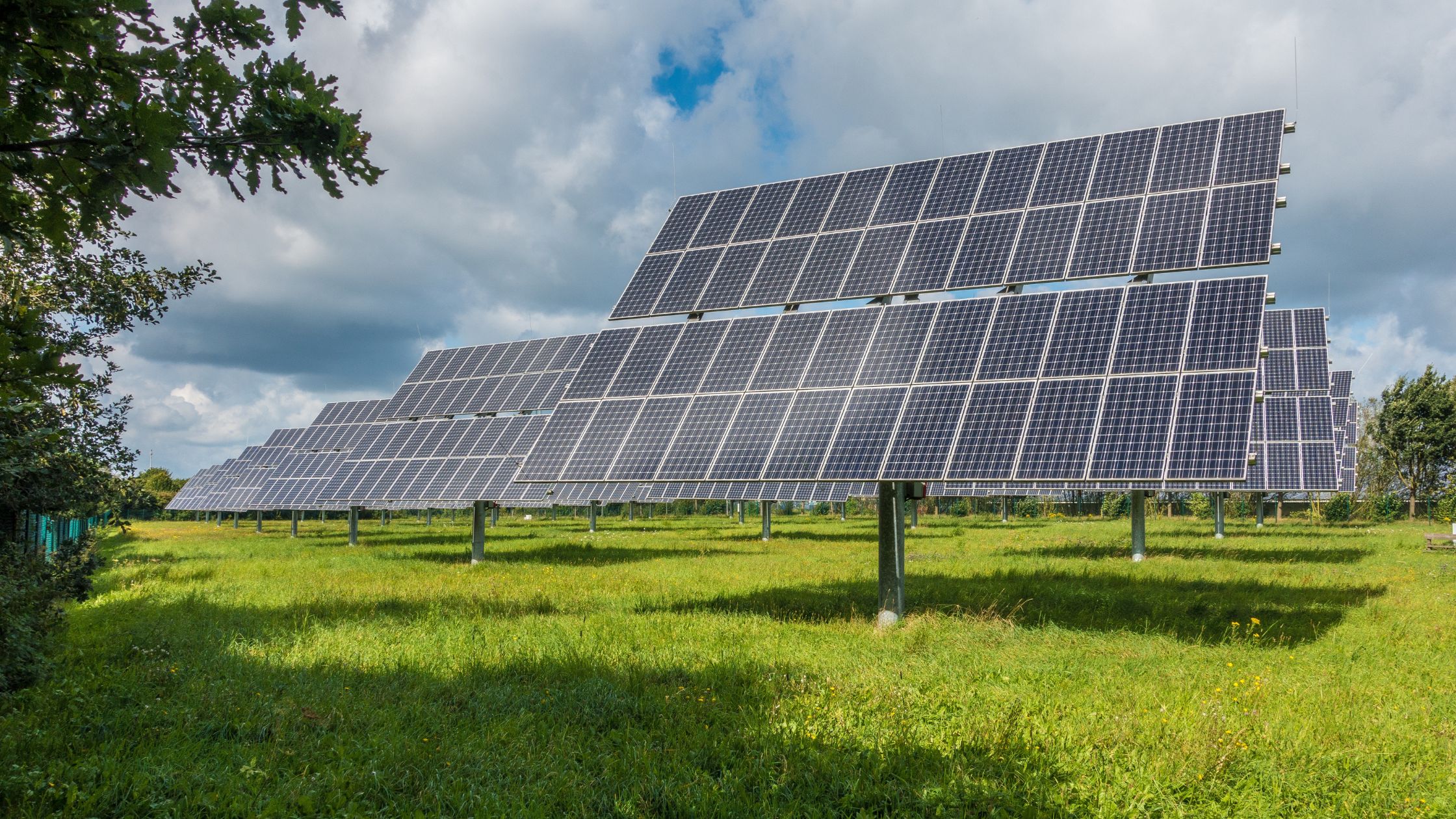March 9, 2023
Introduction Undeniably, there has been an increase on the level of awareness on how greenhouse gases (“GHG”) emission has significantly affect the world every year. For companies, CSR campaigns were undertaken where pledges were made to help reduce and potentially prevent climate change by taking the initiative to reduce their GHG emission and setting the goal to achieve net zero carbon emission by 2050. Companies such as Petronas declared their Aspiration to achieve net zero carbon emission by 2050.1 One of the potential ways to achieve this net zero emission goal is through the carbon credit market. Carbon credit also gained the attention in ESG investing which contributes to the reduction of carbon.2 This article will focus on explaining how carbon credits work and how it will help to achieve the net zero emission goal. Most importantly, this article will explain how carbon credits can be claimed and traded followed by a further discussion on the initiative taken by Malaysia in promoting the carbon credit market. What are Carbon Credits Carbon credits are certificates or permits that allow the owner to emit a certain amount of carbon dioxide or other GHG3 over a certain period time4. 1 credit permits the emission of 1-ton of carbon dioxide or its equivalent in other GHG.5 Carbon credits are tradeable and only exist in jurisdictions that are governed by a “Cap-and-Trade” system.6 Countries or regions that have already implemented the cap-and-trade system includes the European Union (“EU”), Australia, New Zealand, South Korea, California and Quebec.7 The purpose of carbon credits is to overall lower the amount of GHG released by the buyers. This allows companies and individuals to account... November 9, 2022
The world’s energy shortage crisis immensely affects the fluctuation of prices of natural gas and fuel, as well as the global economy. Many leading countries have encouraged and promoted the development and use of clean and renewable energy for sustainability. Thailand is well aware of the global trend and the rise in the country’s energy cost, so the Thai government, in collaboration with the relevant public authorities has set out one of the country’s goals to be a low-carbon economy with net-zero carbon emissions. As a result, the Energy Regulatory Commission of Thailand (ERC) has published the Regulation re: Procurement of Electricity from Renewable Energy under Feed-in Tariff (FiT) for the year 2022 – 2030, effective on 28 September 2022 (the “Regulation”), and the Announcements of the Invitation to Purchase the Renewable Energy under the FiT for all promoted renewables, i.e., Biogas (wastewater/ solid waste), wind, ground-mounted solar, and ground-mounted solar with battery energy storage system (BESS), effective on 1 October 2022 (the “Announcements”). The key elements of the Regulation to promote the procurement of renewable energy are as follows: Renewable Energy Power Producer Power Purchase Agreement Form Proposed Electricity to be sold FiT rate (THB per Unit) Biogas (wastewater/ solid waste) Remark: fossil fuel is not allowed, except only at the commencement stage of the power plant operation. · Small Power Producer (SPP)* · Very Small Power Producer (VSPP)** Non-Firm Not exceeding 90 MW THB 2.0724*** (for 20 years) Wind THB 3.1014*** (for 25 years) Ground-mounted Solar THB 2.1679*** (for 25 years) Ground-mounted Solar with BESS · Small Power Producer (SPP)* Partial Firm More than 10 MW... By Firm
Key Person Profile
Upcoming Events
Recent Past Events




 Kudun and Partners Limited
Kudun and Partners Limited Kudun Sukhumananda
Kudun Sukhumananda Troy Schooneman
Troy Schooneman







